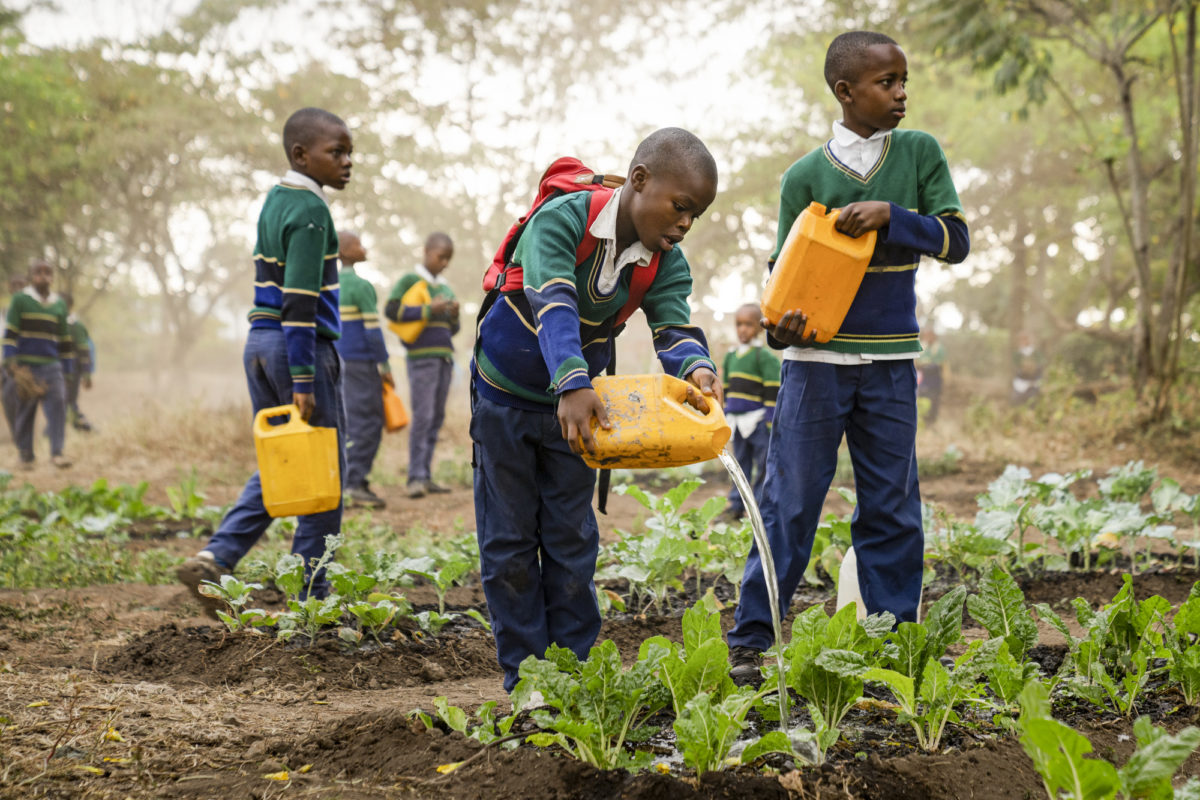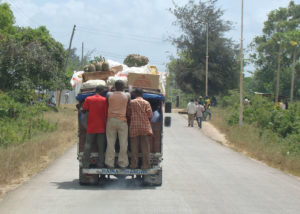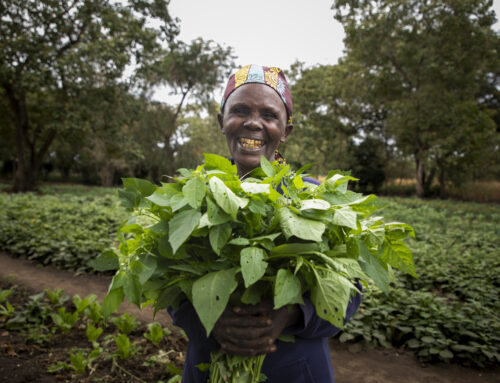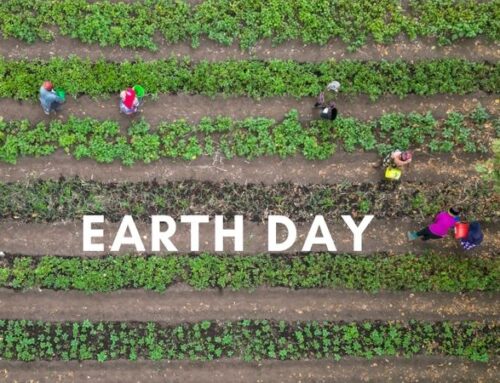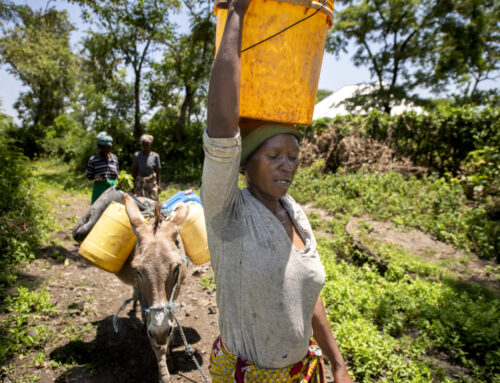For those in the western world, public transportation looks a little roomier than in East Africa. Toyota vans work as shared taxis. They are affectionately called Dala Dalas because they used to cost a dollar to ride. Those in charge would call out “Dala Dala!” to attract passengers. The nine-passenger vans are often packed with 20+ people, some chickens, and the occasional goat. During a pandemic, it would not qualify as a socially distanced option.
When we reviewed programmatic goals during this ever-changing time, we knew keeping people off of public transportation would be imperative. But then a locust infestation hit East Africa and was making its way across the Kenyan border. A pandemic and an apocalyptic event, really? Like one wasn’t enough?
A decade ago, we implemented sustainable agriculture programs as part of every project. We knew that clean water wouldn’t solve the hunger crisis on its own. We trained our staff extensively in permaculture and started creating gardens at homes, schools and village centers. They are part of what we offer every tank recipient.
We had a problem this year.
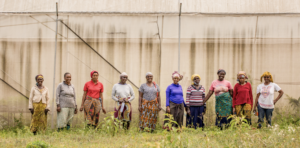
How could we safeguard family and school gardens from an insect that consumes anything green that crosses its path? It wasn’t enough to build permaculture gardens with varying crops right at people’s front door. We needed to protect those crops from insects and elements to ensure food security.
Four years ago, we got a generous contribution that allowed us to purchase an enormous greenhouse. It is more than 100′ long, 35′ wide. The greenhouse nurtures tens of thousands of organic crops and trees seedlings that we distribute through the Women’s Water Initiative.
We worried that families would not have access to leafy vegetables between the pandemic and a locust infestation. Public transportation to the markets was not a safe option. And we had to learn how to protect the gardens at schools and homes from an insect that consumed everything green.
Thinking small for big changes
In June, we discussed our desire to shrink the large greenhouse and distribute it to families on a zoom call. We shared images of family-sized greenhouses sold in the US. We reviewed the framing and the design. Within a week, the Tanzanian team had worked with a welder to create the framework. By July, we had 37 prototypes that cost $150, completely installed and filled with seedlings.
We trained our builders on how to assemble the greenhouses. It takes a small team only three hours to build them. Then, we selected recipients in different climate zones to try them out. Four months later, we have tripled the number of recipients, and the reports are unbelievable.
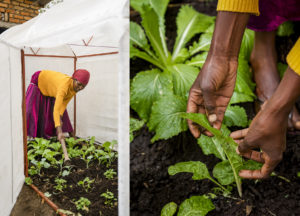
Now, leafy greens at home every day.
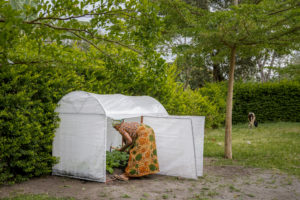
When we surveyed 1160 women for our evaluations, 61% of mothers reported that their family suffered from food shortage more than two weeks out of every month before receiving assistance. In addition, 63% of mothers reduced their food portions by half to feed their kids.
Today, some of those same women enjoy abundant and consistent food crops grown in their own little greenhouse. Mary, one of the recipients, said that never in her life had she been able to eat leafy greens every day. But, today, because of her greenhouse, she does.
Our goal moving forward is to construct these greenhouses with the same drive as we build our rainwater tanks. And with your help, we can.
